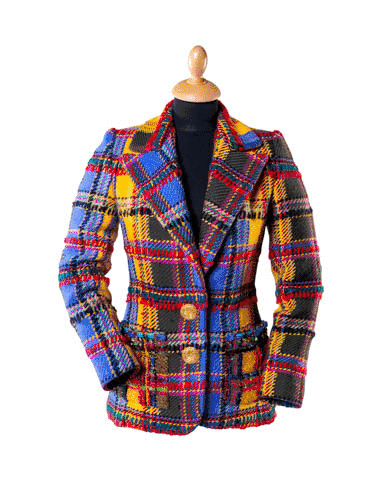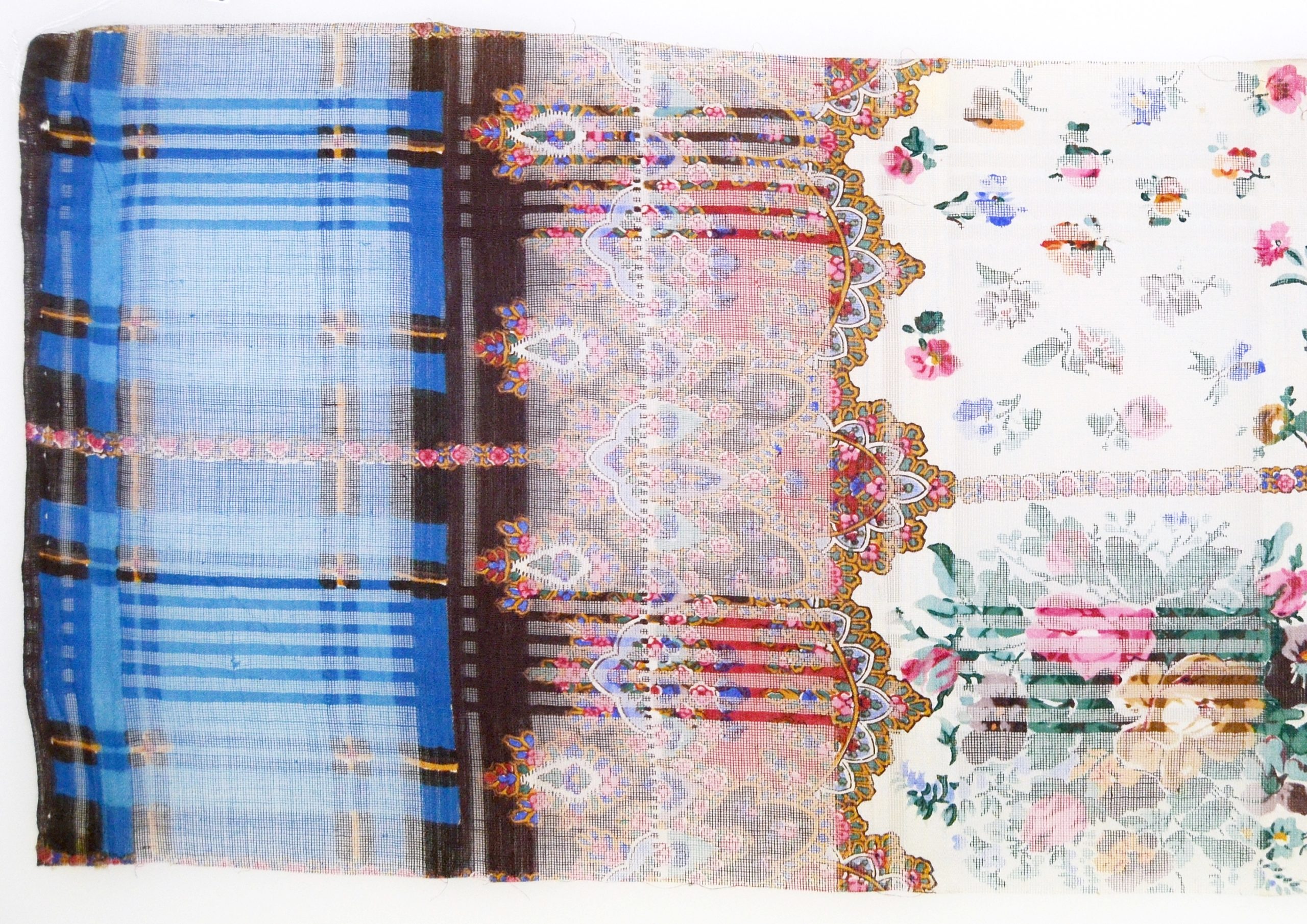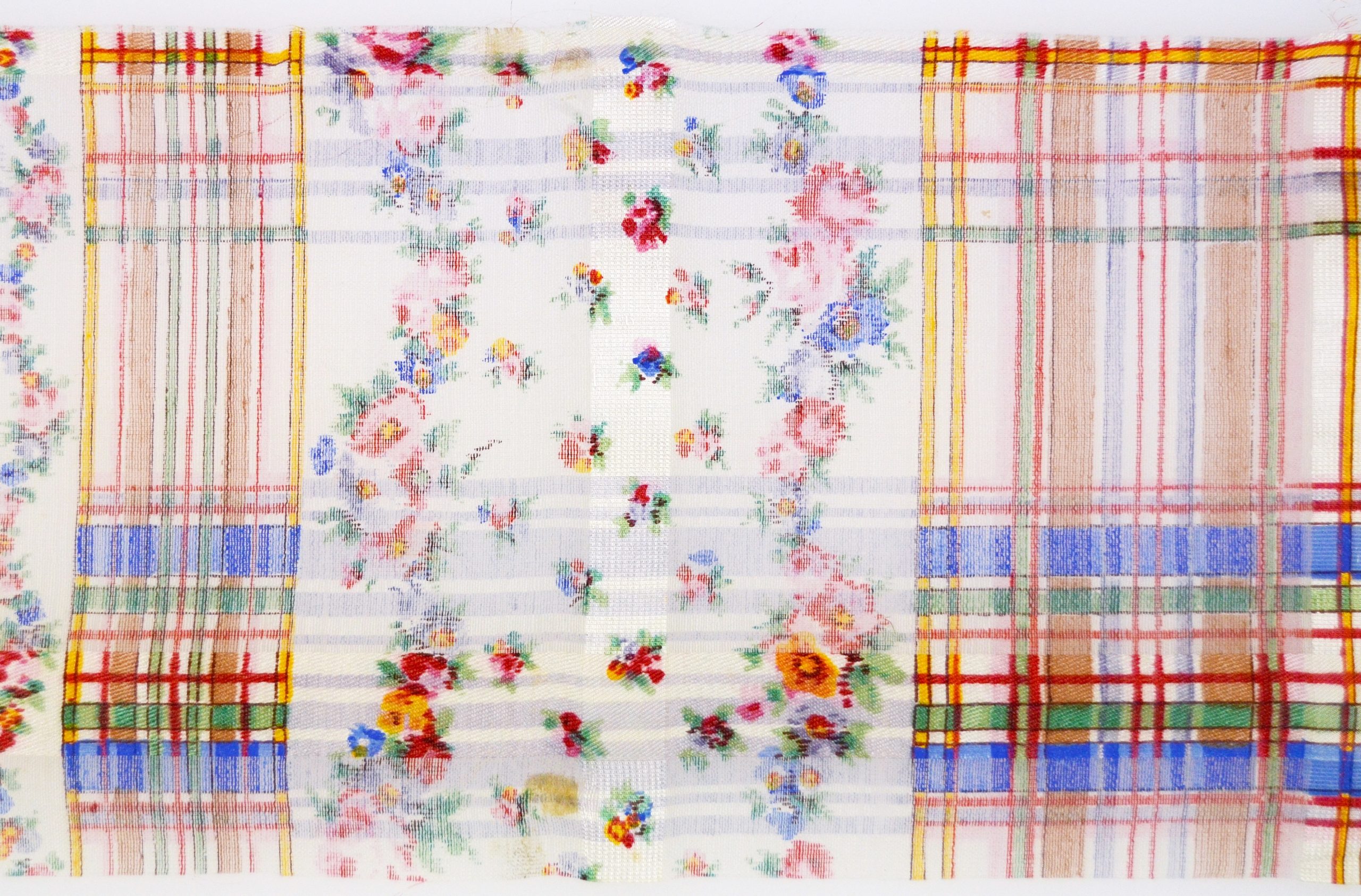#2 Tartan
Tartan is a story that takes us around the globe from Culloden to the Caribbean. In 1746, following the Battle of Culloden between England and Scotland, an act of parliament outlawed the wearing of tartan, kilts and ‘highland garb’ with high penalties. This was repealed in 1782, and during these years the Highland regiments of the British army - clad in Black Watch tartan uniforms - helped to keep traditions alive.
Tartan’s fortunes were reversed when George IV visited Scotland in 1822. The resulting pageant was an extravaganza of Highland visual culture, and the ensuing vogue for tartan - which was even donned by the king - saw manufacturers such as William Wilson and Son of Bannockburn develop a number of certified ‘clan tartans’ in its wake.
Through trade, migration and the Atlantic slave trade, tartan has travelled around the world, becoming identified with different areas and ethnicities from Scotland to Paris, Kenya, South Africa and the Caribbean. The Scottish Register of Tartans today verifies and registers new tartan designs from all over the world. For more on tartan’s global journeys, listen to the Cloth Cultures podcast.



